
Planning your trip isn’t just a list of tasks — it’s the spark that sets your adventure in motion. A well-crafted plan allows you to embrace the excitement of travel without unnecessary stress. Each decision you make — from choosing your itinerary to booking your stays — brings you one step closer to those unforgettable moments waiting to unfold.
To make the process simpler, we’ve created a three-part Ultimate Travel Planning Guide that breaks everything down step by step, helping you build your dream trip with confidence.
A Personal Note from Us
Over the years, we’ve planned everything from short weekend escapes to long international adventures and campervan journeys across Aotearoa – New Zealand. While we always follow the tohu—those gut feelings and unexpected signs that guide us—we’ve learned that having a solid plan is what makes it all possible.
The plan gives us a foundation, and the tohu kicks in when life throws something unexpected our way (as it often does). If there’s one thing we’ve learned, it’s this: plan smart, so you can stay flexible and enjoy the magic when it happens.
What to Expect
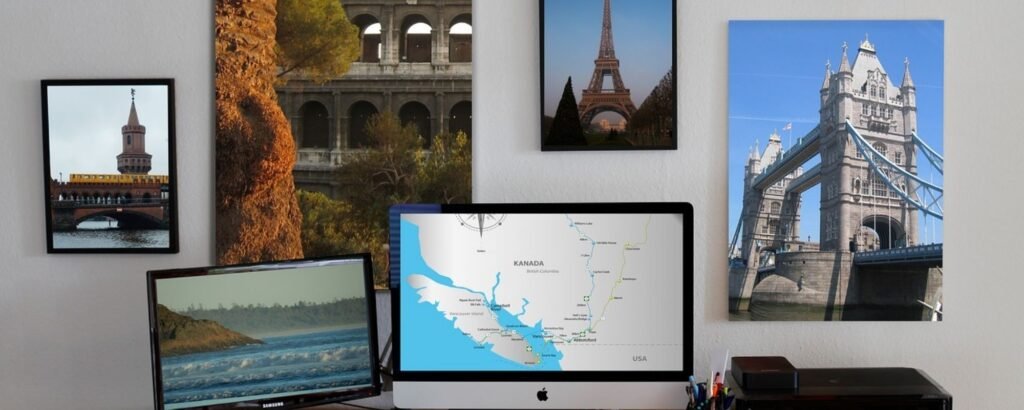
Planning a trip can feel overwhelming with so many decisions to make—destination, budget, bookings, and more. This guide is designed to walk you through every stage of the process:
- Part 1: Building the Dream – Essential Steps for Travel Planning
Focuses on choosing your destination, setting your budget, and building your itinerary. - Part 2: Logistics and Packing
Covers transportation options, accommodation tips, and packing strategies. - Part 3: On-the-Ground Tips
Offers advice on cultural immersion, staying connected, safety, and health while travelling.
Table of Contents
Choosing Your Destination
Choosing the right destination is one of the most exciting parts of planning a trip — but with so many incredible places to explore, it can feel overwhelming. Here’s how to narrow things down and find the perfect spot for your next adventure.
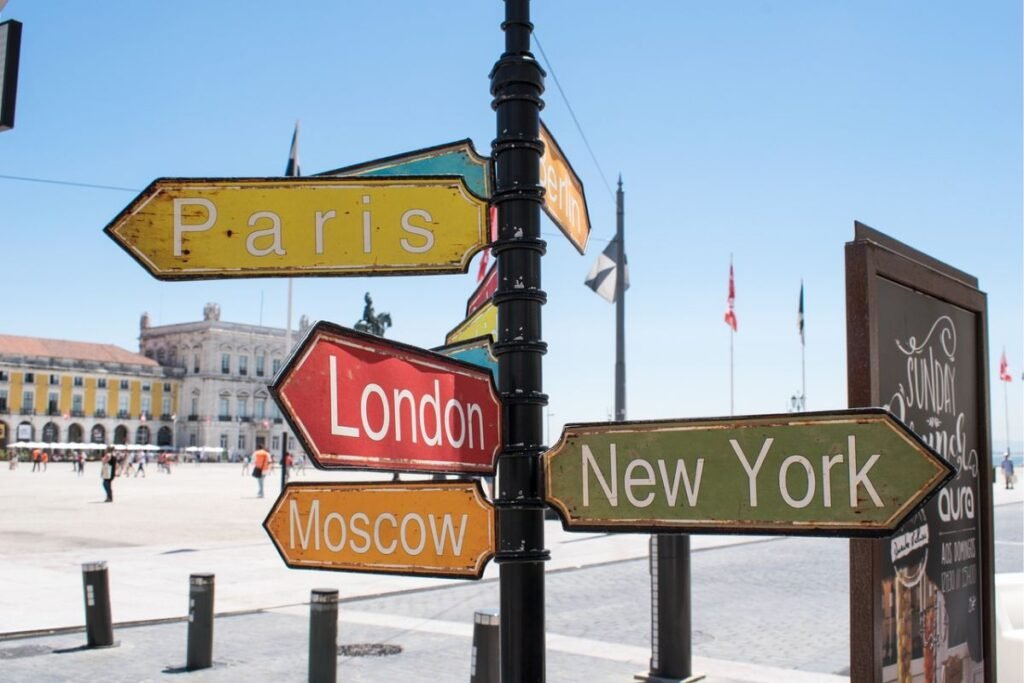
🌍 Factors to Consider
🧭Your Interests and Travel Goals
- Think about what excites you—relaxing beaches, cultural immersion, nature hikes, or foodie adventures.
- Whether it’s exploring historical sites, trying local food, or getting outdoors, choose based on what truly matters to you.
🌤️ Season and Weather
- Research the best time to visit to avoid extreme weather or peak crowds.
- For example, Southeast Asia has distinct monsoon seasons, while Europe can be crowded (and pricey) in summer.
💰 Budget Constraints
- Some destinations are naturally more budget-friendly (like Southeast Asia or parts of Central America), while others—like Switzerland or Iceland—come with a higher price tag.
- Take into account currency exchange rates, daily costs, and whether you’re planning to splurge or stretch your budget.
🌍 Travel Restrictions and Accessibility
- Look into current travel restrictions, visa requirements, and health-related entry conditions.
- Consider practicalities like flight routes, internal transport, and how easy it is to get around once you’re there.
📅 Length of Stay
- If you only have a week, you may want to avoid destinations that require long-haul flights or multiple internal transfers.
- For longer trips, more remote locations may be worth the extra travel time.
Creating a Travel Budget
A well-planned budget lets you enjoy your trip without the shadow of financial stress. By estimating the big-ticket items and preparing for hidden costs, you’ll be ready for anything — whether that’s splurging on a bucket-list experience or saving for a spontaneous detour.
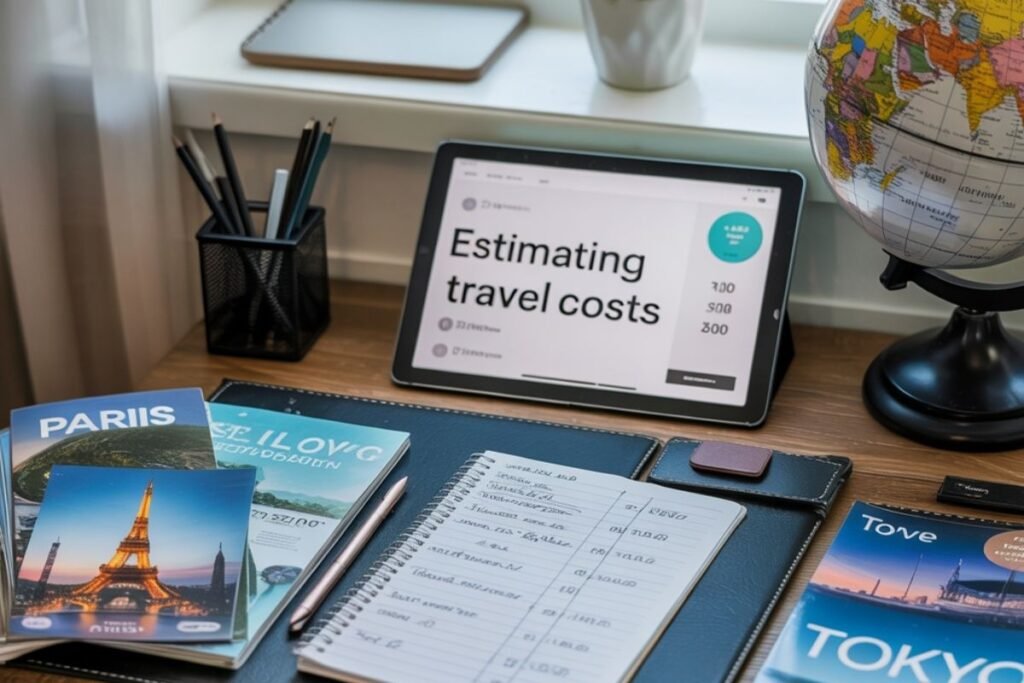
✈️ Estimating Major Travel Costs
✈️ Flights and Transportation
- Use comparison tools like Kiwi.com, Aviasales, or Booking.com to find the best deals. We have used all these platforms, all positive experiences.
- Flexibility pays—flying midweek or during off-peak seasons can significantly cut costs.
- Don’t forget in-country transport: trains, buses, ferries, or ride-hailing apps like Grab or Uber can quickly add up.
🏨 Accommodation
- Estimate costs based on your style—whether it’s hostels, hotels, Airbnbs, or a cosy campervan.
- Booking.com and Airbnb are great for filtering by price, reviews, and amenities.
- Look out for long-stay discounts, package deals, or local alternatives.
🍜 Food and Dining
- Research average daily food costs in your destination. (Aotearoa-NZ is pretty pricey however it’s possible to get good savings when you know where)
- Local eats and street food can be both affordable and authentic.
- Choosing accommodation with kitchen access lets you cook and save money on meals.
🎟️Activities and Excursions
- Factor in entry fees, guided tours, and adventure activities like snorkelling, ziplining, or hiking passes.
- Pre-booking big-ticket experiences can save you money and ensure availability.
- Look out for free walking tours, public museum days, or low-cost cultural events.
⚠️ Hidden Expenses to Watch Out For
🛡️ Travel Insurance
- Essential, not optional—ensure you’re covered for emergencies, cancellations, and lost belongings.
- Compare policies to get the right coverage for your style of travel and activities.
🛃 Visa and Entry Fees
- Check if your destination requires a visa or charges entry fees.
- Some visas must be arranged in advance; others can be paid on arrival.
🚌 Local and Intercity Transport
- Include airport transfers, metro passes, intercity buses, and ferry tickets.
- Driving? Watch for tolls, fuel prices, and vehicle rental insurance.
💱 Currency Exchange & ATM Fees
- Be aware of international transaction fees from your bank or credit card.
- Apps like Revolut or Wise help reduce conversion and withdrawal fees.
💵 Tipping and Service Charges
- In some countries, tipping is expected; in others, it’s built into the bill.
- Learn the norms so you’re not caught off guard.
📱 Best Travel Budget Tools and Apps
- Trail Wallet (iOS) – Track daily expenses and set spending limits on the go.
- XE Currency – Real-time currency conversion and exchange rate tracking.
- Splitwise – Ideal for group travel; track shared costs and settle balances easily.
- Google Sheets or Excel – Create a simple custom travel budget to plan and monitor your spending.
- Revolut / Wise – Digital banking apps with low-fee international transactions, great for managing travel funds.
By taking time to budget wisely—factoring in both the obvious and the often-forgotten—you’ll gain clarity and control over your travel finances. That means less stress, more freedom, and a whole lot more fun.
Building Your Itinerary
A well-planned itinerary helps you make the most of your time while avoiding burnout. It’s all about finding that sweet spot between structured plans and leaving room for the spontaneous moments that often become the most memorable.
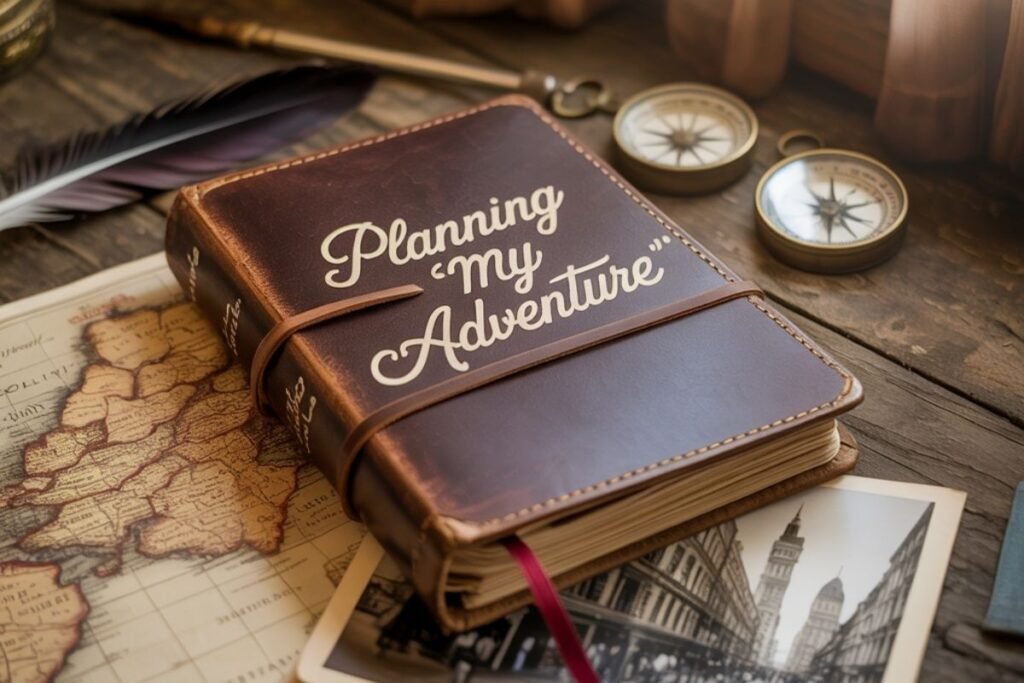
🕰️ Creating a Realistic Travel Timeline
🧘♀️ Pace Yourself
- Resist the urge to cram too much into a single day—leave time for meals, rest, and simply soaking in the atmosphere.
- For longer trips, build in “slow days” or recovery days to reset and recharge.
🕐 Account for Travel Time
- Be honest about how long it takes to get from one place to another—especially when relying on public transport or flying.
- Use tools like Rome2Rio and Google Maps to estimate travel times and avoid scheduling conflicts.
🏛️ Consider Local Hours and Closures
- Double-check operating hours for attractions, restaurants, and local services—especially during holidays or weekends.
- Plan visits to popular spots early in the morning or later in the afternoon to skip the busiest times.
🎯 Must-See vs. Nice-to-See: How to Prioritise
✅Lock in Your Bucket-List Experiences
- Make a short list of your must-do activities and pre-book tickets where needed (think guided hikes, museum entries, or special events).
- Focus on experiences unique to the destination—what can you only do there?
✂️ Trim the Extras
- Keep a “nice-to-see” list handy for optional stops if you have free time. These are the first to drop if plans change.
- A lighter itinerary allows you to enjoy each activity without feeling rushed.
📍 Group by Location
- Organise your days geographically—visit nearby sights on the same day to cut down on unnecessary travel.
- For example, dedicate one day to a specific neighbourhood or region.
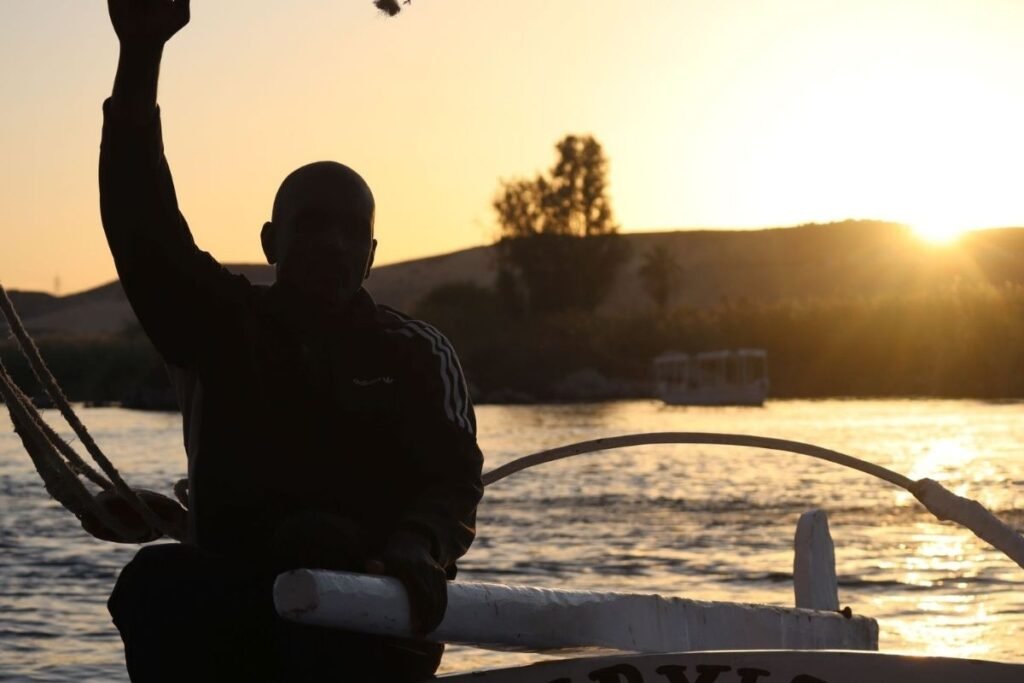
🌿 Leaving Room for Spontaneity
🌟 Embrace the Unexpected
- Often, the best travel memories come from unplanned encounters—like discovering a hidden café or chatting with a friendly local.
- Leave space in your schedule for wandering, people-watching, or doing absolutely nothing.
⏳Plan for Delays
- Life on the road can be unpredictable. Allow buffer time between activities so that one delay doesn’t derail your whole day.
- Build flexibility into your schedule—you’ll thank yourself later.
🔄 Keep It Adaptable
- Where possible, book tours or activities with flexible cancellation policies or same-day options.
- Avoid back-to-back bookings that lock you in—being able to pivot helps keep travel fun and stress-free.
A thoughtful itinerary is like a good travel companion—steady, flexible, and never too demanding. By balancing structure with space to explore, you’ll create a journey that’s both fulfilling and free-flowing.
Travel Documents and Requirements
Having your travel documents sorted before departure is one of the most important steps in any trip. Nothing derails a dream getaway faster than being denied entry due to expired paperwork or missing documentation. A bit of preparation now can save a world of stress later.
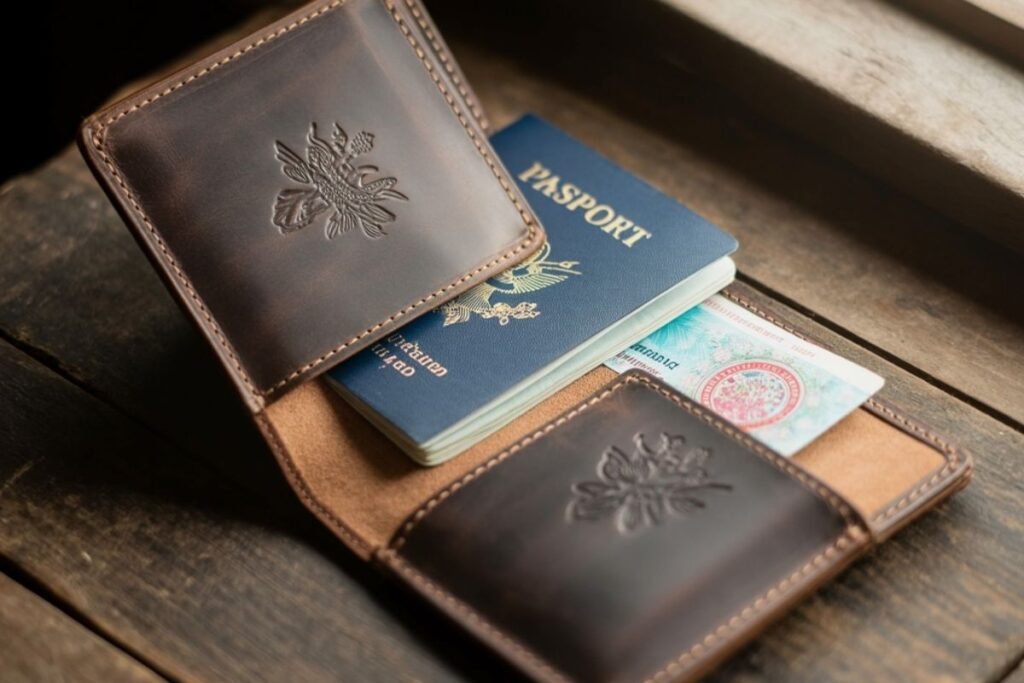
🛂 Passport and Visa Essentials
🛂 Check Your Passport’s Expiry Date
- Many countries require your passport to be valid for at least six months beyond your planned return date.
- Renew early if you’re close to the cut-off—processing delays are common during peak travel seasons.
🧳 Understand Visa Requirements
- Research visa rules for your destination. Some countries require pre-approved visas, while others offer visa on arrival or e-visas you can apply for online.
- Double-check which visa type fits your trip—tourist, transit, or business.
🌏 Multi-Destination Trips
- If you’re crossing borders, check entry and transit rules for each country—they often vary.
- Some countries also require proof of onward travel, like a return flight or bus ticket.
🌍 Entry Requirements: What You Need to Know Before You Go
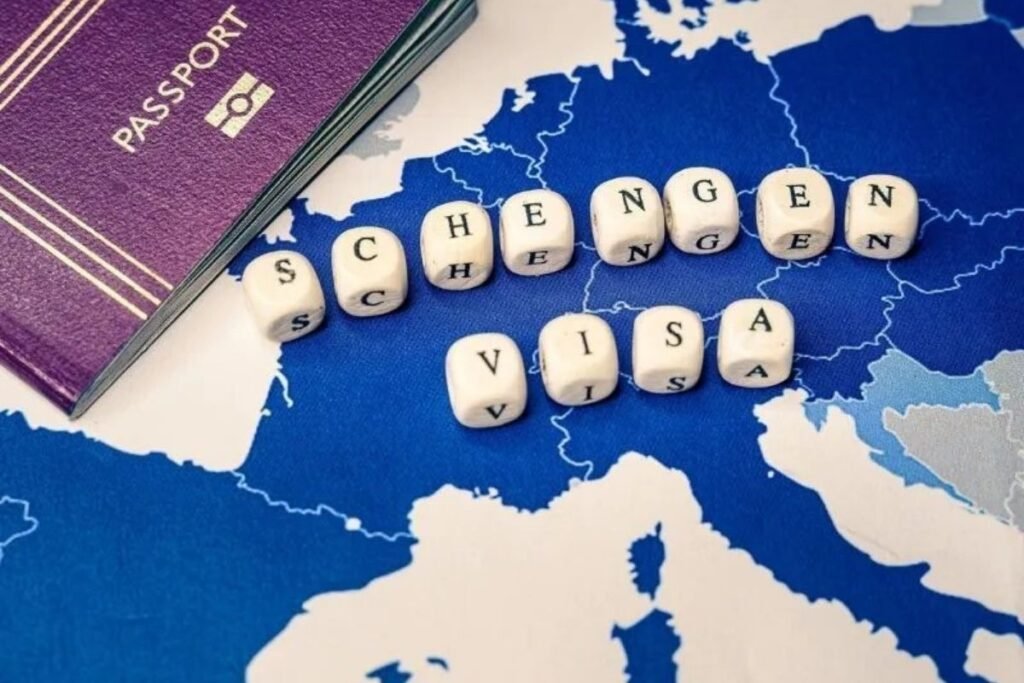
💉 Vaccination and Health Requirements
- Some countries ask for proof of vaccinations (e.g., yellow fever, COVID-19) before entry.
- Carry an up-to-date International Certificate of Vaccination (ICV) if required.
- Also check for health recommendations, such as anti-malarial medication or travel clinics offering region-specific advice.
🧾 Travel Permits and Special Documentation
- Certain destinations require special permits for protected areas, national parks, or trekking routes—think Machu Picchu or Great Walks in Aotearoa.
- Apply early, as spaces can be limited and sell out well in advance.
⚖️ Local Laws and Customs
- Take time to understand local laws—what’s acceptable at home may not be overseas.
- Some countries have strict rules around medications, dress codes, or photography in public spaces.
- Even small things—like chewing gum in Singapore—can lead to unexpected fines.
🧳 Extra Tips for Travel Document Safety & Emergency Preparedness
📱 Make Digital Copies
- Scan or photograph your passport, visa, travel insurance, permits, and key documents.
- Store them securely in a password-protected cloud service (e.g., Google Drive or Dropbox), and email a copy to yourself.
📄 Carry Physical Backups
- Keep printed copies of key documents in case you’re travelling through remote areas with unreliable internet access.
- Some places require hard copies of visa confirmations or entry permits at checkpoints.
☎️ Prepare an Emergency Contact List
- Include local emergency services, your travel insurance provider, and your country’s embassy or consulate.
- Having these numbers ready saves time if things go wrong.
🎒 Use a Travel Document Holder
- Keep everything in one place—a dedicated travel wallet helps organise your passport, tickets, permits, and travel cards.
🧭 Share Your Itinerary
- Give a copy of your travel plans and emergency contacts to a trusted friend or whānau member at home.
- It’s good peace of mind, especially for longer or off-the-grid trips.
By checking your documents in advance and staying aware of entry rules and local customs, you’ll reduce your risk of last-minute surprises and focus on what really matters—enjoying your journey. A little prep goes a long way in making your travels smoother and safer.
Booking Wisely
Smart bookings can make all the difference between a smooth, relaxed trip and one filled with unnecessary stress. By comparing your options and booking at the right time, you can save money, secure the best deals, and enjoy a more comfortable travel experience from start to finish.
✈️ How to Compare Flights and Transport Options
✈️ Flights
- Consider Nearby Airports: Flying into or out of an alternate airport can sometimes save you hundreds, even after adding local transport.
- Use Comparison Sites: Tools like Google Flights, Kiwi.com and Aviasales help you scan multiple airlines at once and explore flexible date options.
- Set Price Alerts: Enable fare tracking to get notified when prices drop—it’s an easy way to snag deals.
🚌 Local and Long-Distance Transport
- Trains and Buses: Look into options like Eurail (Europe), Greyhound (North America), or local operators for affordable overland travel.
- Car Rentals: Prefer flexibility? Compare rental providers and watch for hidden costs like insurance add-ons, fuel charges, or mileage limits.
- Rideshares and Ferries: Apps like Grab and Uber, or regional ferry services, can be convenient and cost-effective for short-distance travel.
🚆 Multi-Stop Journeys
- If your itinerary includes multiple destinations, research combination tickets or regional passes.
- For example, the Japan Rail Pass or Interrail Pass in Europe can significantly reduce travel costs across longer routes.
🛏️ When to Book Accommodation and Tours for the Best Deals
By doing a little research and booking with intention, you’ll maximise value without compromising comfort or flexibility. It’s all about balancing smart planning with your tohu — leaving room for what’s meant to be.
🛏️ Booking Accommodation
- Plan Ahead for Peak Seasons: Book early for busy periods like summer, public holidays, or local festivals—these fill fast and prices climb quickly.
- Last-Minute Deals in Low Season: Travelling off-peak? Check apps like HotelTonight for spontaneous deals and discounts.
- Look for Flexibility: Platforms like Booking.com often offer free cancellation—perfect if your plans are still evolving.
🎟️ Booking Tours and Activities
- Book Big-Ticket Attractions in Advance: Must-see experiences (like Machu Picchu or the Louvre) often require early reservations.
- Go Local for Flexibility: Smaller tours or guides can often be booked after you arrive, giving you room to adjust your plans.
- Avoid Same-Day Booking Stress: Same-day bookings can be risky if things sell out or plans shift. Give yourself a buffer.
🛍️ Look Out for Seasonal Promotions
- Keep an eye on Black Friday, Cyber Monday, and airline or hotel flash sales—these can offer serious savings if your dates are flexible.
Additional Resources: Transport Apps and Trusted Booking Platforms
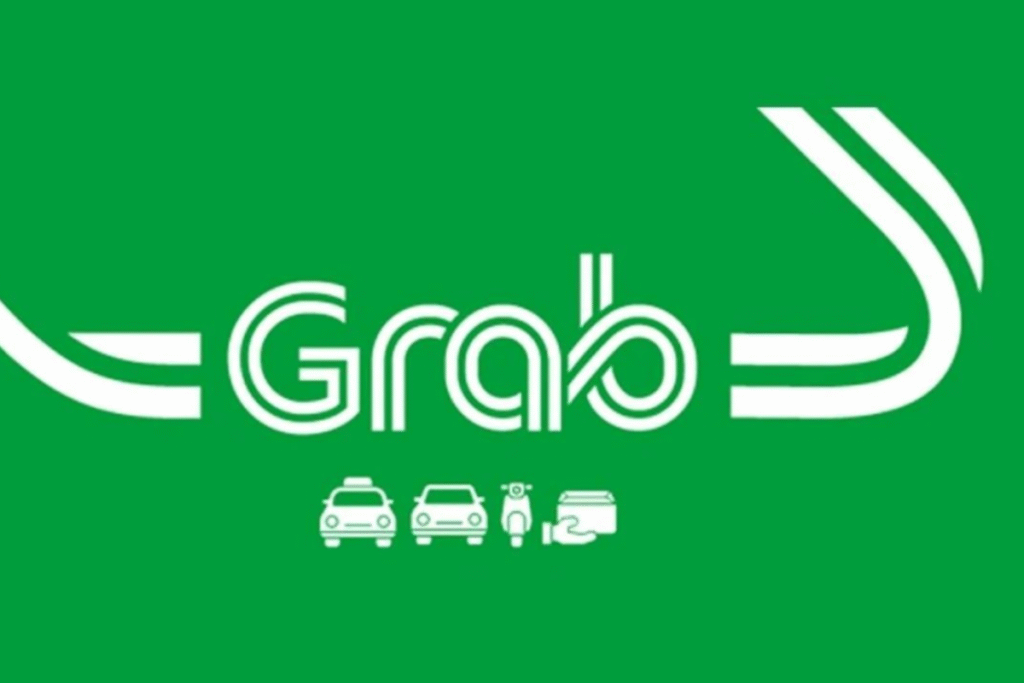
Finding the right tools can streamline your planning process and help you save money, time, and hassle. Here are some of our go-to platforms and apps for comparing prices, booking with confidence, and navigating on the road.
✈️ Flight Comparison and Booking Platforms
- Google Flights – Ideal for spotting fare trends, exploring flexible dates, and comparing airlines.
- Aviasales – Great deals with multiple airlines
- Kiwi.com – Great for multi-city routes and flexible destination searches.
- Booking.com – Not just for hotels—also offers flight comparisons with bundled travel options.
🛏️ Accommodation Platforms
- Booking.com – Wide range of hotels, apartments, and stays, with plenty of flexible cancellation options.
- Airbnb – Perfect for home-style stays and unique lodging experiences.
- Hostelworld – A favourite for budget travellers looking for hostels or guesthouses.
- Hotellook – Excellent for spontaneous bookings and last-minute hotel deals.
🚖 Transport and Ride-Sharing Apps
- Rome2Rio – Shows multiple transport options (flights, trains, buses, ferries, driving) with estimated times and prices.
- Grab / Uber – Reliable for rides in cities across Southeast Asia and globally.
- Omio / Eurail – Book long-distance train and bus travel across Europe with ease.
🎟️ Tour and Experience Booking Platforms
- GetYourGuide – Book popular attractions, skip-the-line passes, and guided tours worldwide.
- Viator – Offers a variety of experiences, including city walks, outdoor activities, and cultural excursions.
- TripAdvisor – Excellent platform for almost everything you can think of.
Conclusion: You’ve Set the Foundations
By carefully choosing your destination, setting a realistic budget, and crafting a flexible itinerary, you’ve laid the groundwork for a stress-free and fulfilling adventure. With these planning essentials in place, you’re already well on your way to creating a trip that’s both meaningful and memorable.
🚀 What’s Next?
In Part 2: Logistics and Packing, we’ll cover the next steps—how to choose the best transport options, book the right accommodation, and pack like a pro so you’re prepared for whatever the journey brings.
Tukua kia tū takitahi ngā whetuu o te rangi
Let each star in the sky shine its own light